Hera Planetary Defence Mission Successfully Launched
By MYBRANDBOOK
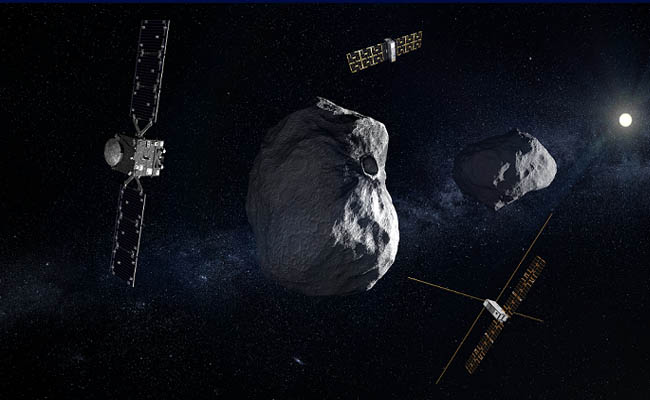
Hera, the European Space Agency’s (ESA) first planetary defence mission, was successfully launched yesterday aboard a SpaceX Falcon 9 rocket, from Cape Canaveral in Florida. The satellite is now heading to a unique target among the 1.3 million known asteroids of our Solar System.
If an incoming asteroid were to threaten Earth, what could be done to cope with the situation? On September 26th, 2022, NASA’s Double Asteroid Redirection Test (DART) mission performed humankind’s first test of asteroid deflection by crashing into the Great-Pyramid-sized Dimorphos moonlet. This resulted in a shift of its orbit around the mountain-sized Didymos main asteroid.
Next comes ESA’s own contribution to the international Asteroid Impact & Deflection Assessment (AIDA) collaboration: the Hera mission will travel to Dimorphos so as to gather vital close-up data regarding the deflected body and turn DART’s grand-scale kinetic impact experiment into a well-understood and potentially repeatable planetary defence technique. Hera will provide in particular accurate measurements concerning the asteroid’s mass, as well as crucial information about its make-up and structure, which are essential to interpret the outcome of the impact.
The Hera mission, will also carry out the most detailed exploration to date of a binary asteroid system – although binaries make up 15% of all known asteroids, they have never been studied in detail. Hera will also perform technology demonstration experiments, including the deployment of ESA’s first deep space ‘CubeSats’ – shoebox-sized spacecraft to venture closer than the main mission then eventually land – and an ambitious test of 'self-driving' for the main spacecraft, based on vision-based navigation. The OHB System AG (Germany), as prime contractor of Hera, led the industrial consortium, including responsibility for the overall spacecraft design, development, assembly, and testing.
Thales Alenia Space’s contribution: a teamwork between Spain, Italy and Belgium
Thales Alenia Space, a joint venture between Thales (67%) and Leonardo (33%), provided key technologies onboard Hera spacecraft. Thales Alenia Space in Spain was responsible for the communications subsystem, which allows to control and track the spacecraft from a distance up to 500 million kilometers away and to send all the information gathered by Hera back to Earth. Thales Alenia Space in Italy developed the state-of-art Deep Space Transponder, while Thales Alenia Space in Belgium developed the Travelling Wave Tube Amplifiers (TWTA), as well as the Power Conditioning and Distribution Unit (PCDU), which provides power to the spacecraft during all its lifetime.
Safeguarding our planet
Asteroids are bodies originated in the young stars nebulae that never grew to planets, formed of rock and metal. Among them, those that have an orbit that brings them close to Earth (within 45 million kilometres), known as near-Earth asteroids, represent a risk of hitting the Earth. There are plenty of such bodies in our Solar system, from tiny little ones measuring a few meters (there are 40-50 millions of them) up to larger ones, measuring more than 1 km but much more scarce (there’s less than 1000 of them).
Neither the smaller near-Earth asteroids nor the larger ones represent a real threat to humanity. Small asteroids actually hit the Earth quite frequently (every two weeks) with no consequences. The larger ones, although potentially dangerous, are well known and tracked, and it takes millions of years to have one of them hitting the Earth. Actually, a 10km asteroid impact is the most accepted theory of the Cretaceous extinction around 66 million years ago, ending with three-quarters of the plant and animal species, among others the dinosaurs.
The mid-sized class asteroids of more than 100 meters are the ones we need to worry about. There are about 30,000 near-Earth asteroids of the 100 to 300 meter size class, 82% of them still to be spotted, hitting the Earth every 10,000 years. The impact energy of such an asteroid is equiva lent to around 50 megatons of TNT, the power of a “Tsar Bomba”. The effect of such an impact would be devastating if it reached a populated area, capable of destroying an entire city or to create a tsunami if it impacted a sea.
The Didymos binary asteroid system is prototypical in terms of size of the thousands of asteroids that pose a hazardous risk of impact to our planet. Around the Dydimos main body, 780 meter in diameter, orbits the 150-meter Dimorphos moonlet, which is the first body in the Solar System to have had its orbit measurably changed through human action, by the DART impact, and it is also the smallest asteroid yet visited by humankind.
The Hera spacecraft will reach the binary asteroid in October 2026, after a two-year cruise phase. The day Hera reaches Didymos, it will be 195 million km away from Earth.


Legal Battle Over IT Act Intensifies Amid Musk’s India Plans
The outcome of the legal dispute between X Corp and the Indian government c...

Wipro inks 10-year deal with Phoenix Group's ReAssure UK worth
The agreement, executed through Wipro and its 100% subsidiary,...

Centre announces that DPDP Rules nearing Finalisation by April
The government seeks to refine the rules for robust data protection, ensuri...

Home Ministry cracks down on PoS agents in digital arrest scam
Digital arrest scams are a growing cybercrime where victims are coerced or ...

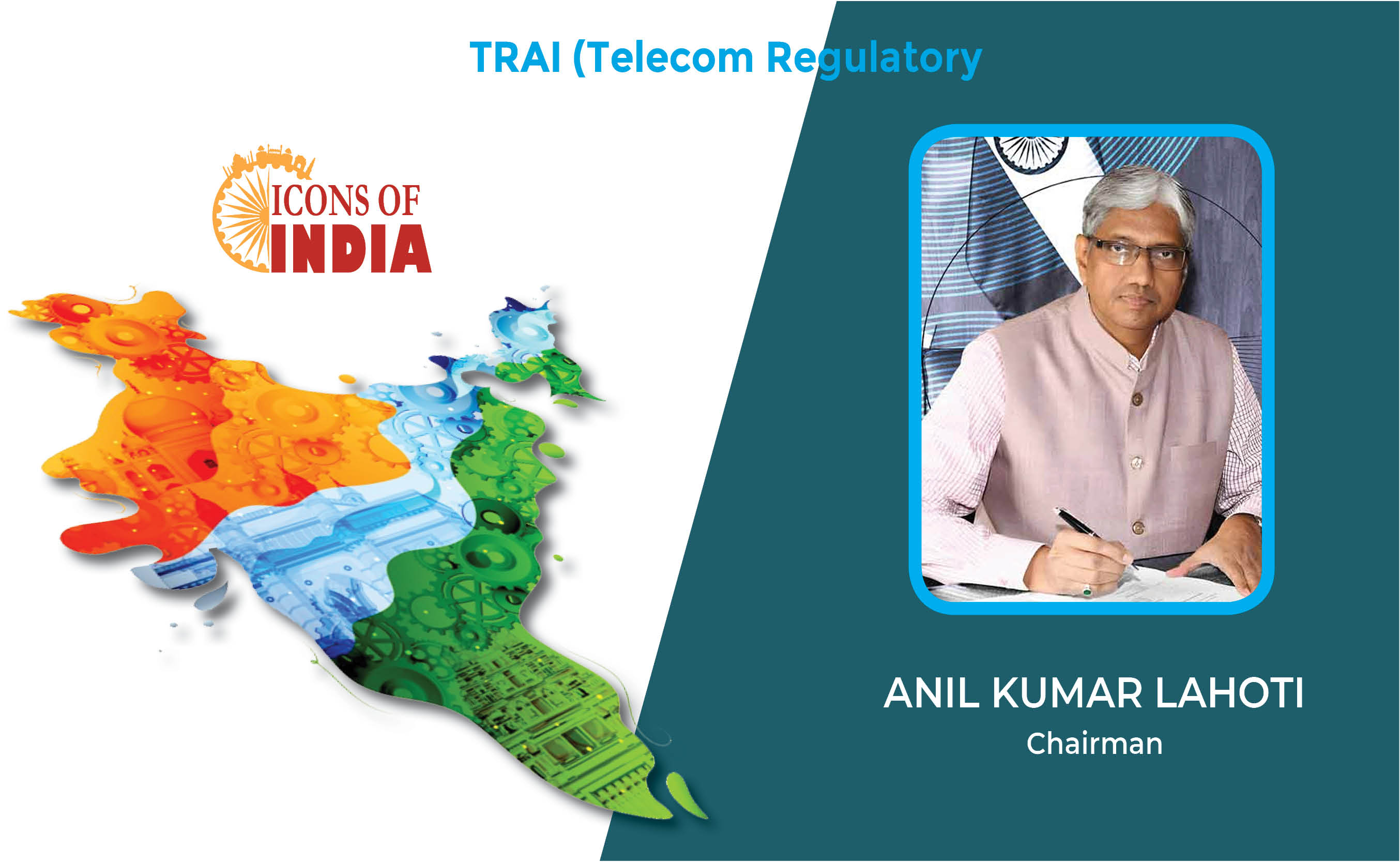
Icons Of India : Anil Kumar Lahoti
Anil Kumar Lahoti, Chairman, Telecom Regulatory Authority of India (TR...
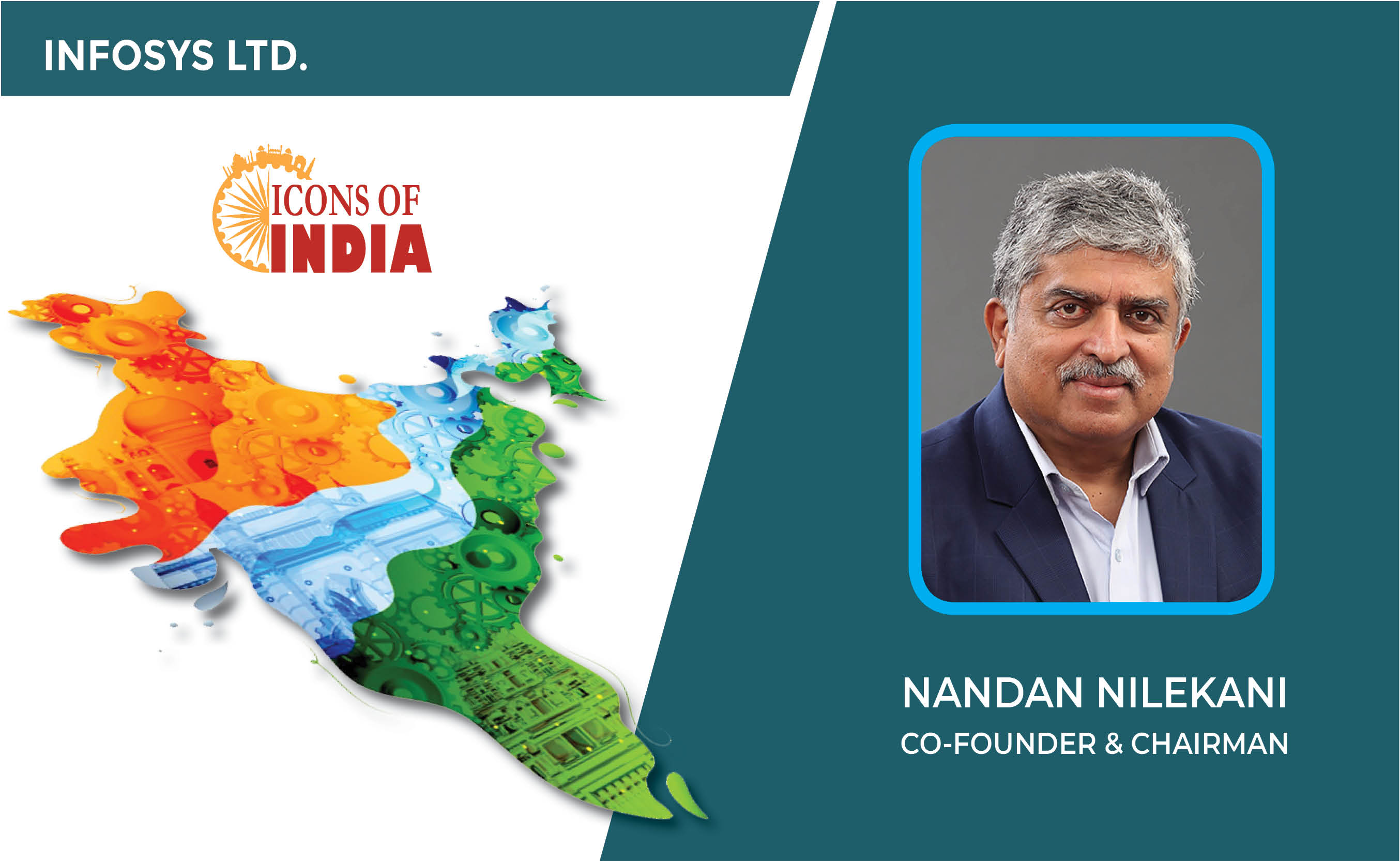
Icons Of India : NANDAN NILEKANI
Nandan Nilekani is the Co-Founder and Chairman of Infosys Technologies...
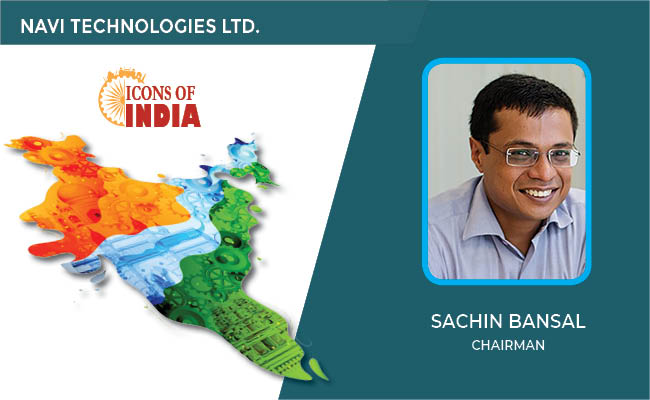
ICONS OF INDIA : SACHIN BANSAL
Sachin Bansal is an Indian entrepreneur. He is best known as the found...

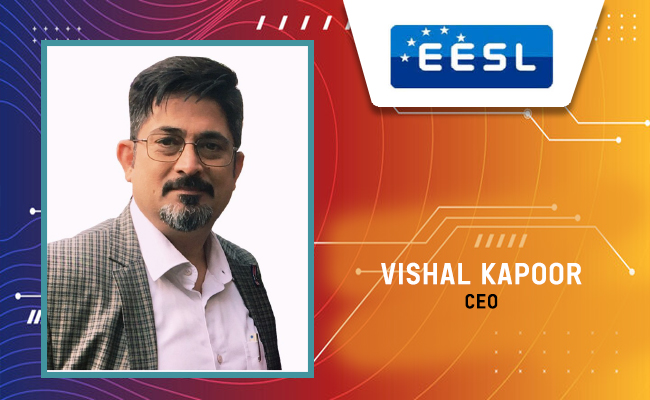
EESL - Energy Efficiency Services Limited
EESL is uniquely positioned in India’s energy sector to address ener...
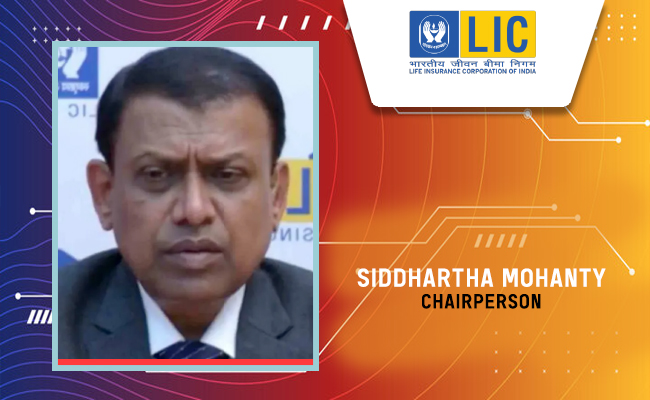
LIC - Life Insurance Corporation of India
LIC is the largest state-owned life insurance company in India...
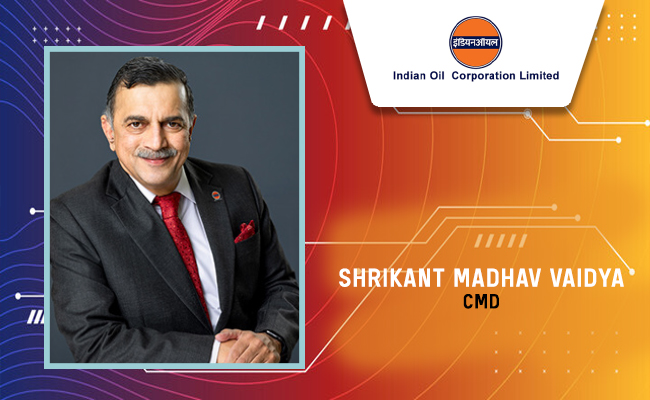
IOCL - Indian Oil Corporation Ltd.
IOCL is India’s largest oil refining and marketing company ...


Indian Tech Talent Excelling The Tech World - REVATHI ADVAITHI, CEO- Flex
Revathi Advaithi, the CEO of Flex, is a dynamic leader driving growth ...

Indian Tech Talent Excelling The Tech World - RAVI KUMAR S, CEO- Cognizant
Ravi Kumar S, appointed as CEO of Cognizant in January 2023, sets the ...
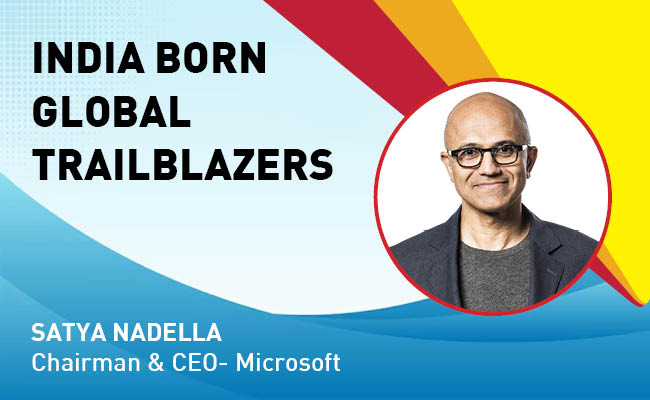
Indian Tech Talent Excelling The Tech World - Satya Nadella, Chairman & CEO- Microsoft
Satya Nadella, the Chairman and CEO of Microsoft, recently emphasized ...
 of images belongs to the respective copyright holders
of images belongs to the respective copyright holders